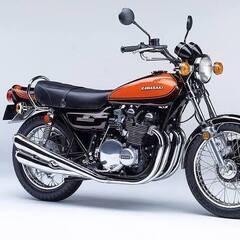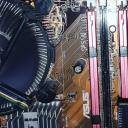NAS + Plex media server - Plex media backup + HomeLab, architecture ?
That's a fairly normally use case for unraid. The three drives will go in the "Array" with one acting as the parity drive. With the SSDs you have a couple options, if they match you can use them both in the cache so one is a backup of the other. (I would go this route, I've had a cache ssd die that I had been meaning to add a backup for and never did and it was a pain).
When you set up your shares in unraid one of the options is to use the cache and mover. What this will do is when writing data to the array it will store it on the cache and move to the array at a later time. I have never changed the default schedule. You can change when it runs and manually trigger the mover. You do not need to do anything special when coping files, just put them where they need to go and they will sit on the cache drive until the mover runs and transfers them to the array.
Under the shares you can select what drives a share can use, meaning you can lock it to your cache drives and keep it off the array or get a plugin called unassigned drives. That plug in allows you to use drives in the server that are not part of the array or cache. I've always left any dockers or vms on my cache drives and use unassigned drives as a target for downloads from a specific vm for certain uses that shall not be named.
when setting up plex look at a video from Space Invader on youtube about ram transcoding. Instead of writing a bunch of temp data to the ssd it will write it to ram saving some wear and tear. Byte my Bits also has a bunch of great plex and unraid videos. Defiantly check out space invader for setting up the vms too, he has some great content on setup and passing hardware through, plex hardware transcoding, etc...
I don't know about your earlier build post but unless you have a network connection that can really utilize the nvme drives I wouldn't use them. The reason I say this is most motherboards disable some of the sata ports if an nvme drive is present.
Make sure to also join the Unraid facebook group and forum, there are a ton of helpful people there.

















Create an account or sign in to comment
You need to be a member in order to leave a comment
Create an account
Sign up for a new account in our community. It's easy!
Register a new accountSign in
Already have an account? Sign in here.
Sign In Now